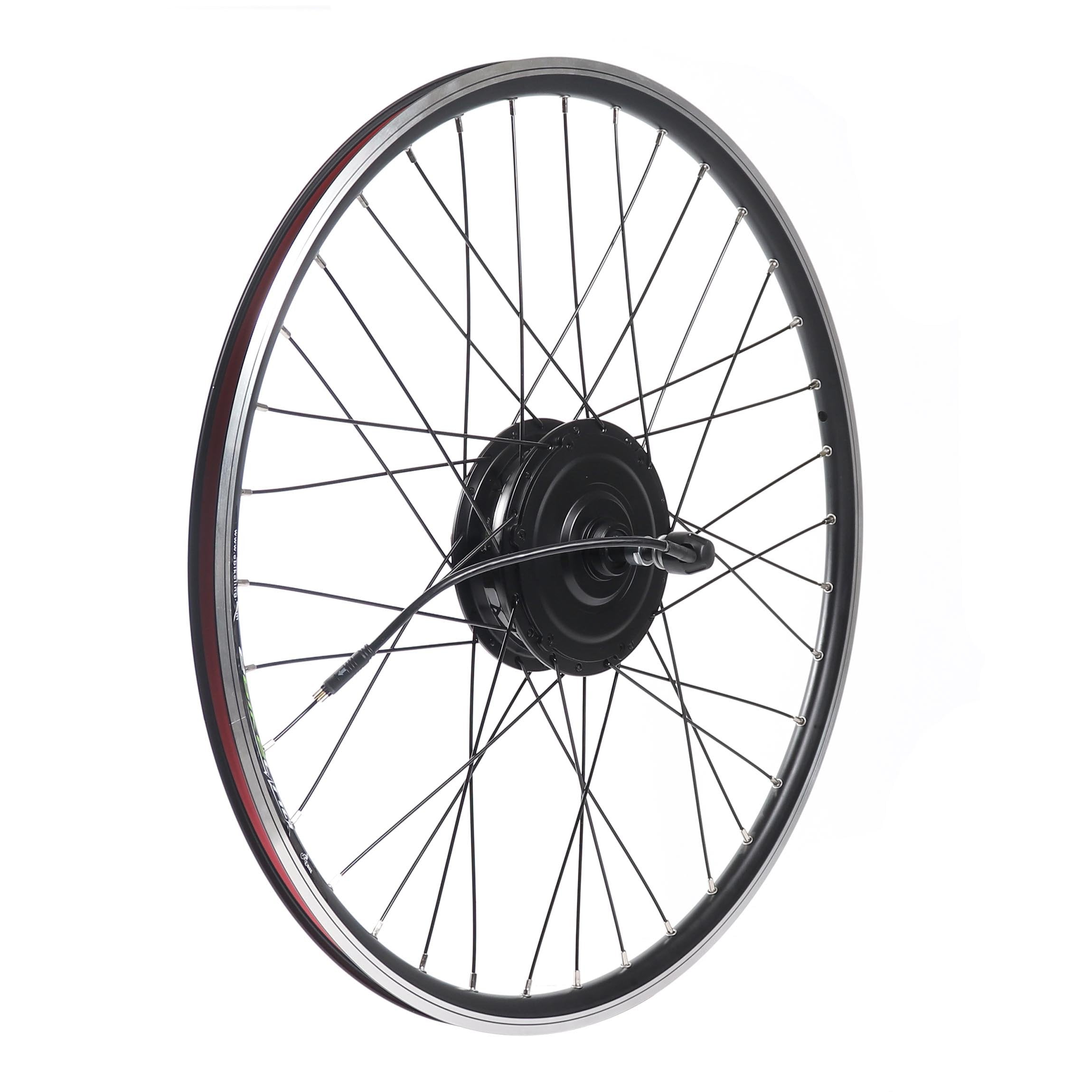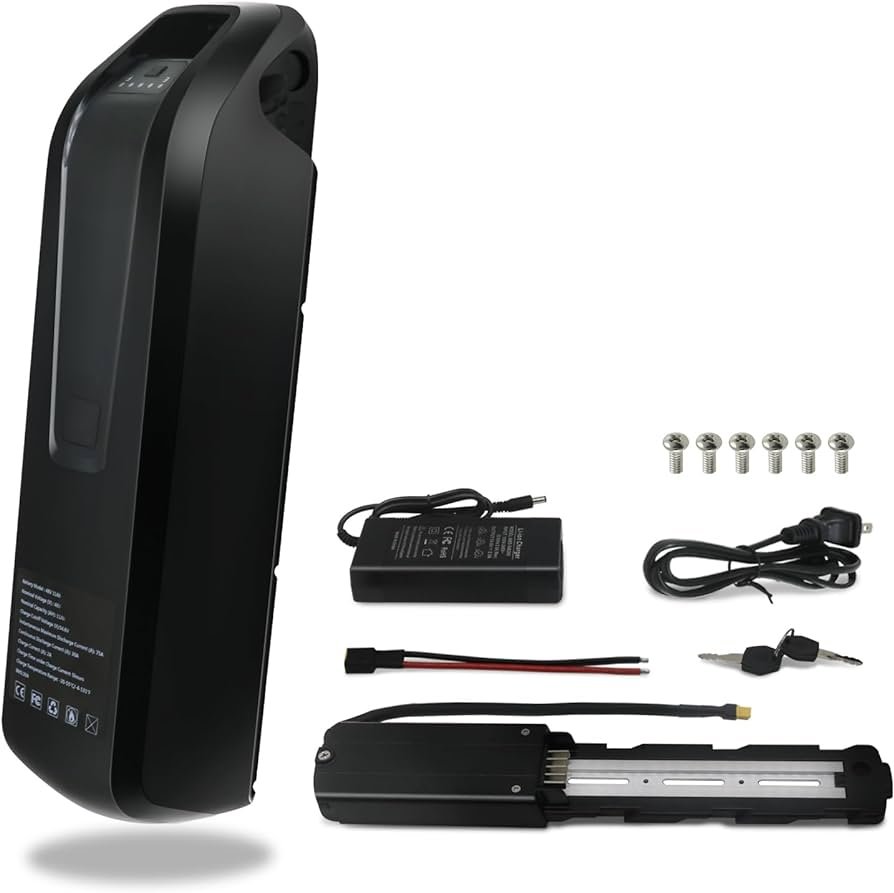When comparing 48V vs. 36V Ebikes, the higher voltage 48V option typically offers more power and speed, while the 36V option may provide better range and efficiency. The decision between the two depends on your specific preferences and riding needs.
Electric bikes have gained popularity for their eco-friendly and convenient nature, offering an alternative mode of transportation. One key consideration for potential buyers is the voltage of the ebike’s battery. The voltage directly impacts the performance, speed, and overall riding experience.
This article will delve into the pros and cons of 48V vs. 36V ebikes to help you make an informed decision based on your requirements.

Credit: ebikeling.com
Understanding Voltage In Ebikes
An important factor to consider when purchasing an electric bike (ebike) is the voltage of the battery. Understanding voltage in ebikes is crucial, as it directly impacts the bike’s performance, speed, and range. In this section, we’ll delve into the differences between 48V and 36V ebikes, along with their respective pros and cons.
What Is Voltage?
Voltage is a measure of electrical potential difference. In simpler terms, it determines the power output of an ebike. A higher voltage generally results in faster speeds and better performance, while a lower voltage might offer longer range at the cost of speed.
Difference Between 48v And 36v
When comparing 48V and 36V ebikes, there are distinct differences in performance and capabilities. The table below outlines the key disparities between the two voltage options:
| Aspect | 48V Ebike | 36V Ebike |
|---|---|---|
| Speed | Faster acceleration and higher top speed | Relatively slower acceleration and lower top speed |
| Range | Shorter range per charge | Longer range per charge |
| Power Output | Higher power output, suitable for hilly terrain or heavier riders | Moderate power output, ideal for flat terrain or lighter riders |
Benefits Of A 48v Ebike
Discover the advantages of a 48V Ebike over a 36V model. With increased power and torque, the 48V option offers faster acceleration and longer range, making it the preferred choice for those seeking a high-performing electric bike.
Increased Power And Speed
A 48V ebike provides higher power and faster speed compared to a 36V model.
Better Hill Climbing Ability
48V ebikes excel in climbing hills due to their increased voltage, making uphill rides easier.
Enhanced Range
A 48V ebike offers an extended range per charge, allowing longer rides without recharging frequently.
Advantages Of A 36v Ebike
The advantages of a 36V ebike include lighter weight, lower cost, and longer battery life compared to a 48V ebike. While a 48V ebike offers more power and faster acceleration, a 36V ebike is a better choice for those seeking affordability and efficiency.
Lighter Weight
36V ebikes are lighter, making them easier to handle and transport, especially for users with mobility limitations.
Lower Cost
Cost-effective option for those on a budget, with reduced initial investment and potential savings on maintenance and repairs.
Simpler Maintenance
Requires less complex maintenance procedures, leading to reduced servicing costs and easier upkeep for owners.

Credit: www.amazon.com
Considerations When Choosing Between 48v And 36v
When deciding between a 48V and 36V ebike, there are several factors to consider that can impact your riding experience and overall satisfaction with your purchase. Understanding the pros and cons of each voltage option is crucial in making an informed decision. Let’s explore the primary considerations when choosing between 48V and 36V ebikes.
Your Riding Needs And Preferences
Consider your personal riding preferences and needs when choosing between a 48V and 36V ebike. Evaluate whether you prioritize speed and power, or if a more leisurely pace is suitable for your lifestyle.
Factoring in your riding style, such as regular long-distance commuting or casual weekend rides, can help determine which voltage is better suited to your specific requirements.
Terrain And Commute Distance
Evaluate the terrain you’ll be traversing and the distance of your typical commute. For hilly or challenging landscapes, a 48V ebike may provide the necessary power and torque to tackle inclines with ease. Conversely, flat terrains and shorter commutes may warrant the efficiency and lighter weight of a 36V ebike.
Budget
“`html
Evaluate your budget constraints and determine the maximum investment you’re willing to make in an ebike. While a 48V model may offer enhanced performance, it typically comes with a higher price tag compared to a 36V ebike. Weigh the potential long-term benefits against the initial cost to make an informed decision that aligns with your financial considerations.
“`

Credit: www.amazon.com
Frequently Asked Questions Of 48v Vs. 36v Ebike: Which Size Is Better? (pros & Cons)
What Are The Advantages Of A 48v Ebike Over A 36v?
A 48V ebike offers more power and speed, making it ideal for tackling hilly terrains and longer distances. Additionally, it provides a greater torque output, allowing for quicker acceleration. However, keep in mind that it may be heavier and more expensive compared to a 36V ebike.
Are There Any Benefits Of Choosing A 36v Ebike Instead?
Absolutely! A 36V ebike is often more affordable and lighter in weight than its 48V counterpart. It still offers a decent amount of power, making it suitable for casual riders or those who don’t require intense speeds or long-range capabilities.
It’s a great option for commuting or leisurely rides.
How Does The Battery Voltage Impact An Ebike’s Performance?
The battery voltage directly affects an ebike’s performance. Higher voltage (48V) results in increased power and speed, while lower voltage (36V) offers a more economical and lightweight option. The battery voltage determines the motor’s capabilities and affects factors like torque, range, and acceleration.
Can I Upgrade The Voltage On My Existing Ebike?
Generally, it is not recommended to upgrade the voltage on an existing ebike unless you consult with a professional. Changing the voltage can have significant implications for the motor, controller, and other electrical components. It’s best to choose an ebike with the desired voltage from the start.
Conclusion
Both 48V and 36V ebikes have their distinct advantages and drawbacks. It ultimately comes down to your specific needs and preferences. Consider factors such as speed, range, and terrain to make the best choice for your riding experience. Whichever size you choose, the key is to enjoy the ride and stay safe.
